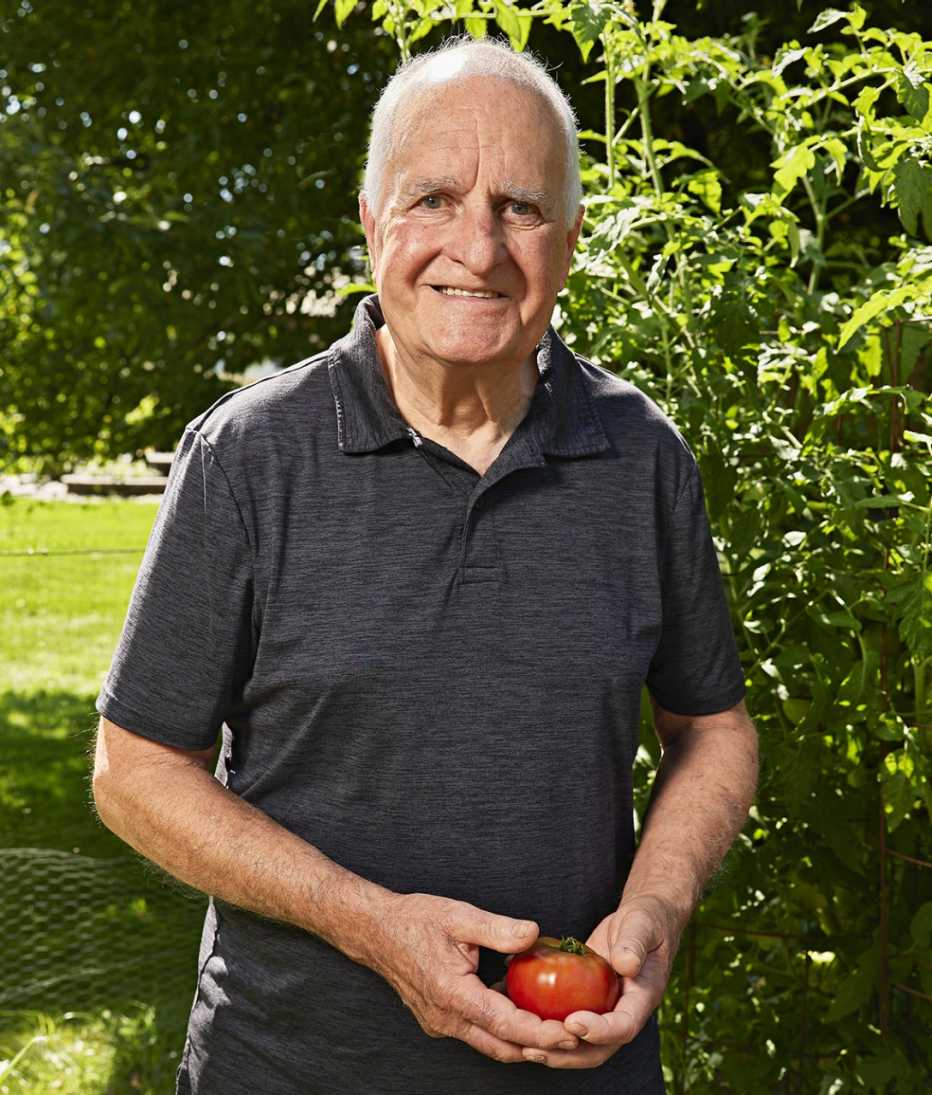AARP Hearing Center


Tim Cronin, 82, grew short of breath as he raked leaves in his Warrington, Pennsylvania, yard one Monday in November 2019. By Friday, he could barely breathe. Large blood clots — pulmonary embolisms — had blocked blood flow in his lungs, boosting pressure on the right side of his heart and restricting delivery of blood to the rest of his body. Fortunately, his doctors had a new clot-busting treatment.
Cronin became an early recipient of the Bashir Endovascular Catheter, a device that’s threaded through the blood vessels to the lungs, then opens into an expandable infusion basket in the clot, creating multiple channels to allow for blood flow, while the catheter’s arms spray a clot-dissolving drug directly into the blood clot.
“People clapped and yelled hooray when the first catheter was put in place,” recalls Cronin, who was awake during the procedure. He needed two, to open blockages in both lungs. He spent the first night at Doylestown Health with the device in place, returning home a few days later, after the clots had diminished. Several months after that, he rode his bike about 125 miles during a weeklong beach vacation.


Pulmonary embolisms (PEs) are the third-leading cause of cardiovascular death in the United States behind heart attack and stroke, hospitalizing 350,000 people per year and causing more than 100,000 deaths. The clots usually form in deep veins in the legs and travel upward to the lungs.
Clot busting three different ways
But the Bashir and Bashir S-B Endovascular catheters, cleared by the FDA in 2023 for pulmonary embolisms, are part of a growing number of treatments for medium-risk PEs, which affect up to 65 percent of people with the condition. PEs need aggressive care to prevent heart and lung damage.
While our bodies produce natural clot busters of their own, when blood can’t flow, those natural compounds can’t reach the obstruction.
“I wanted to design a device that could create multiple channels for blood to flow into the clot, bringing in the body’s own clot-dissolving chemicals,” says device inventor Riyaz Bashir, M.D., director of Vascular and Endovascular Medicine at Temple University in Philadelphia. “That can mean life and death for a patient. All of a sudden blood starts oxygenating, and the patient starts feeling better.”
The device’s catheter has six mini infusion catheters, each with laser-drilled holes that expand into the obstruction and then saturate it with a clot-busting drug. That, plus the assist from natural clot busters in blood, “reduces the dose of medicine, which reduces risk for bleeding,” Bashir says. The treatment takes about five hours.
Four years after his lung clots, Cronin takes medication to reduce his risk for future problems. “My heart seems fine,” he says. “And I’m back to raking leaves.”


More Cardiovascular Breakthroughs
Women’s heart centers
A study found that women with a common, but often-overlooked, type of heart disease caused by narrow or spasming arteries had major improvements in chest pain, anxiety, blood pressure and cholesterol levels when they were treated at a women’s heart center.
A little pump lets the heart rest and recover
A tiny, temporary pump is now available to give the heart time to get up to speed after right-side heart failure. Implanted through a groin incision, the FDA-approved Impella RP System helps the heart move blood to the lungs to receive oxygen.
On the Horizon
An experimental “tattoo” to track heart health
University of Texas at Austin scientists are studying a lightweight grid that spreads across the chest like a tattoo, monitoring electrical and acoustical signals from the heart without requiring the wearer to stay at a medical center.



































































More on Health
Losing Weight Can Be Good for Your Heart
And the benefits stick around, even if some weight is regained
4 Questions to Ask Your Doctor About Your Heart
Knowledge is power when it comes to lowering your risk for the nation’s no. 1 killer
America’s War Against Heart Disease
Here's why we're losing the battle against our number 1 killer — and what will help